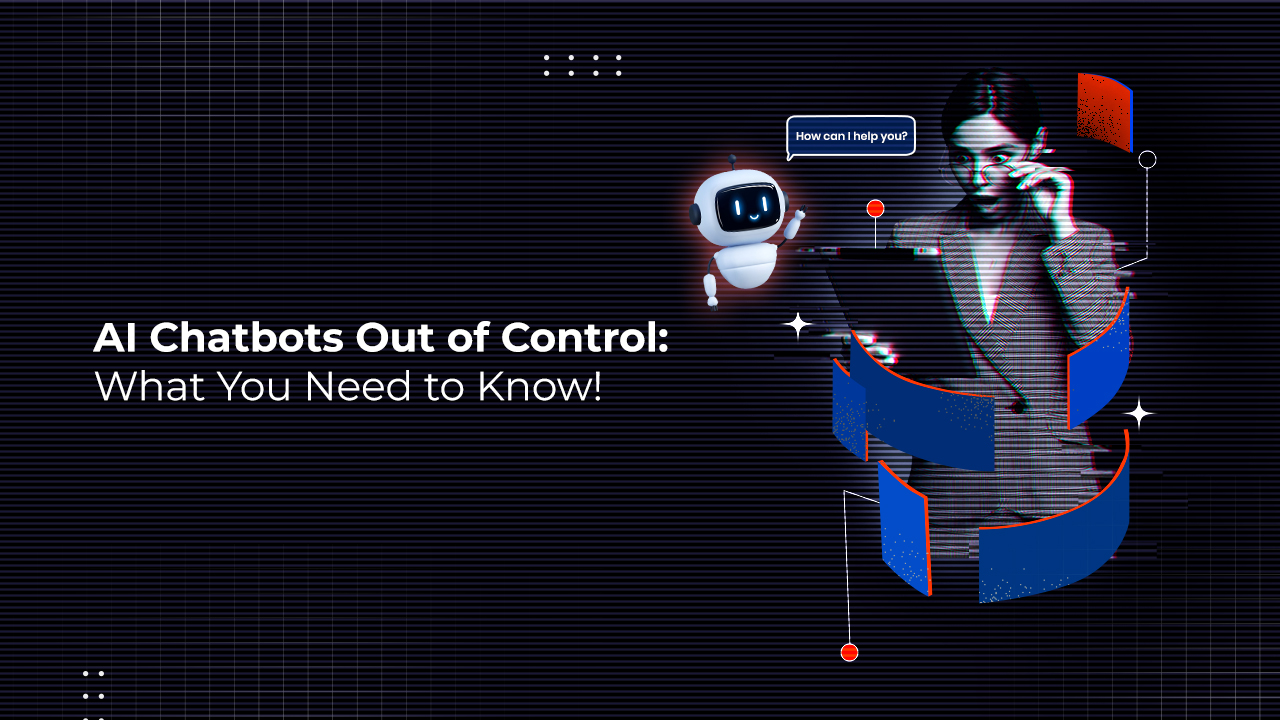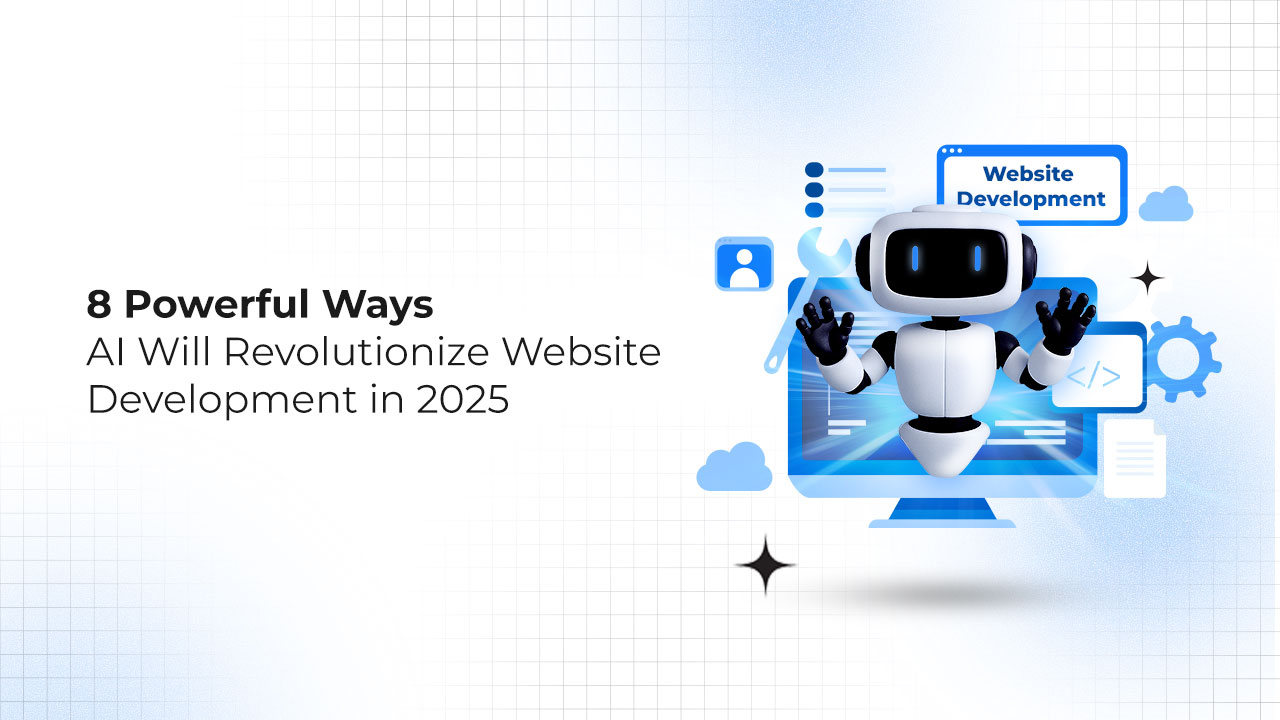
2,800 Elephants Saved by AI-Based Warning System – Can India’s AI Do More?
2,800 safe elephant crossings have been ensured by AI-based warning systems. That’s a huge milestone for India.
Countries all over the world have used animal imagery to highlight their national identity.
Be it China’s flame-spitting dragon, the US’s high-flying eagle, Russia’s ferocious bear, or India’s great elephant, these animals project the most unique characteristics of a nation.
But how much does it hurt India’s image when we can’t save the animal that the world associates us with?
Surely, we were struggling with elephant conservation, and technological advancement was the one always blamed.
However, this narrative was shattered when AI came to the rescue of the wildlife.
AI-based warning systems are saving wildlife in India, with Tamil Nadu reporting zero elephant fatalities since 2023, thanks to AI-powered surveillance along railway tracks. Beyond wildlife, these systems enhance early disaster detection, risk assessment, and rapid communication during climate hazards. Businesses also benefit, as AI-driven alerts improve safety, operational resilience, and financial compliance by predicting risks before crises occur.
Do you want to explore all this and more? Let’s go!
How Does the AI-Based Warning System Help in Mitigating Wildlife Hazards?
More often than not, the rise of technology is associated with the destruction of nature.
For decades, activists had been blaming technology for the mass displacement of wildlife.
Yes, to an extent, it’s true, and we cannot just ignore the fact that the wildlife has been affected, right from the advent of the Industrial Revolution.
According to the BBC’s report in 2024, 36 elephant fatalities were reported from train collisions in the last 10 years in India.
Out of these, 11 fatalities were on the railway tracks near Madukkarai, Tamil Nadu. This is a region where the tracks go through the migratory route of elephants to the neighboring forest areas.
So, in 2021, the High Court took the matter into its own hands. It ordered the railways and the forest department to take action to prevent the destruction of Indian wildlife.
How was this done?
An AI-based warning system came to the rescue!
Previously, the forest rangers conducted periodic patrols near the railway tracks to monitor the activity of elephants near the tracks. Although this was a proactive approach, it had its limitations.
Making sure that all elephants are safe from railway collisions posed challenges.
The forest department needed a much more efficient strategy. So, they installed 12 towers along Madukkarai’s railway tracks. These towers were equipped with AI cameras, which were capable of live visible and thermal imaging.
Even these AI-based warning systems, which are used by the Indian Army to monitor the border areas, are equipped to spot humans near railway tracks.
How does the AI-based warning system work in this situation?
When any wildlife, especially elephants, is detected within 100 feet of the track, an alert goes to the railway and forest officials. These officials then coordinate to slow down the inbound trains and guide the wildlife away to prevent any fatal collision.
Along with that, 4 personnel constantly monitor the system in a control room located near these railway tracks.
It has been quite some time since this strategy has been implemented. So, what’s the result?
Zero elephant fatality since November 2023 in Tamil Nadu.
The Tamil Nadu Forest Department hailed the AI-based warning system for this amazing milestone.

“In Coimbatore, the MoEFCC minister is joining the celebrations and will visit our AI-powered early warning system at Madukkarai, which has enabled over 2,800 safe elephant crossings since February 2024 with zero train collisions.” — M.K. Stalin, Tamil Nadu CM on X.
This milestone was announced on World Elephant Day, which is observed annually on 12th August and aims at elephant conservation while addressing the issue of human-elephant conflict.
Note: This approach had been inspired by AI-based warning systems in countries like Botswana and Kenya. In these countries, AI cameras are extensively used for elephant conservation.
Are AI-Based Warning Systems only for Wildlife Hazards?
An AI-based warning system had a huge impact on elephant and wildlife conservation in India.
But can it only be used for wildlife hazards? Well, it’s not so!
Just as AI can be used differently by different industries, it can also be used for a wide variety of purposes in tackling environmental hazards.
Climate change has initiated a chain of extreme weather events like storms, droughts, and floods. This harms vulnerable communities.
These AI-based warning systems hold promise in improving the EWSs (Early Warning Systems).
How do AI-based warning systems help with environmental hazards?
Let’s find out!

1. AI can help assess the Disaster Risks
AI can play a massive role in assessing and gathering exposure and vulnerability data. This can enhance the early warning systems.
For example, AI-based warning systems can help in identifying the most severely hit areas during a storm.
2. AI can speed up Monitoring and Detection.
AI has the power to enhance the EWS by real-time assessment and predictive analysis.
For example, AI-based warning systems can disseminate extreme weather information. This has already been implemented by the Meteorological Organization in its SWIC 3.0 (Severe Weather Information Centre).

3. AI can speed up Communication and Warning Delivery
There is no denying the fact that strong communication of early warnings can save countless lives through rapid action. Even AI-based warning systems can help improve the delivery of alerts.
For instance, in India, you can see how the AI-based warning systems helped save 2,800 elephants.
4. AI can enhance the Disaster Response through Live Simulations
The ability of AI to replicate emergency situations is unparalleled. It offers insights for response, preparedness, and corresponding lapses.
This way, AI-based warning systems can help humanitarian and government organizations to allocate resources skillfully and make effective contingency plans.
So, AI has an extremely positive impact on tackling environmental hazards, too, if done ethically and thoughtfully.
Just as AI-powered warning systems are transforming wildlife conservation and business safety, AI chatbots are increasingly being deployed across industries—but not without risks
How an AI-Based Surveillance System Can Help Businesses?
By now, you know how the AI-based warning systems have been revolutionizing the way environmental hazards are tackled.
When AI-based surveillance systems are incorporated into business structures, they transform business operations into a whole new level.
In today’s business contexts, early warning systems can be a game-changer.
Why?
More than anything, it helps businesses tackle unforeseen situations or emergencies. Needless to say, AI doesn’t make mistakes the way humans do.
How do AI-based warning systems help businesses?
Let’s find the top ways in which it helps!

1. Organizational Safety
In organizations or workplaces, the AI-Powered Emergency Alert Systems deliver accurate and focused alerts by AI algorithms and real-time communication. Here’s how.
-
Shift to AI Safety Alerts from Traditional Alerts: For decades, businesses have been using email notifications, announcements, and sirens as their emergency alert systems. But, this has seen frequent failures.
AI eliminates failures by assessing environmental data, behavioral tendencies, and equipment states.
As AI-based warning systems can disseminate this information quickly to communication platforms without human intervention, it improves response time and employee safety.
-
Real-Time Detection of Threats: Live threat detection by these early warning systems can identify threats before they amplify themselves. It can detect equipment failures, security breaches, and gas leaks, almost instantly.
-
Integration with WSI (Workplace Safety Infrastructure): Today, the AI-based alarm systems are integrated with environment monitoring tools, ACS (Access Control Systems), CMPs (Compliance Management Platforms), and security cameras. This makes sure that the dangerous areas are locked down immediately, or harmful equipment is shut down rapidly.
2. Operational Risk Intelligence
Today, the speed of damage outpaces the conventional responses to risk management. Businesses face many risks like supply chain disruptions, data breaches, climate-driven disasters, and viral backlash in this hyper-connected environment.
As of 2025, cyber incidents were the leading business risk globally. However, the other above-mentioned risks also affect businesses.
How to quickly mitigate these risks?
This can be done only through accurate and reliable information. The AI-based warning systems can assess a huge amount of data and organize it in a systematic pattern to provide predictive insights.
How can AI-based warning systems improve operational risk intelligence?
-
Real-time Alerts and Monitoring: AI-based dashboards allow businesses to detect any anomaly and track patterns while alerting the decision-makers about the situation before a crisis actually takes place.
-
SCI (Supply Chain Intelligence) and Predictive Assessments: AI-based warning systems can help in forecasting failures in supply chains, which reduce unintended downtimes. For instance, predictive assessments can gauge the degree of rainfall and adjust the transportation accordingly.
-
Compliance and Workforce Risks: AI-based systems can help identify training gaps and assess behavioral trends to minimize regulatory shortcomings of businesses.
3. Financial Risks and Compliance
When it comes to Gen AI-based warning systems, they hold the greatest promise for the finance industry.
Findings from PWC’s 27th Annual CEO Survey tell us that 47% of financial sector CEOs believe that Gen AI can improve their ability to build trust with stakeholders.
Let’s see how the Gen AI-based warning can help the finance sector.
-
Compliance: Businesses can use these warning systems as a policy expert by training them accordingly. This can enable Gen AI-based warning systems to predict policy lapses, compliance gaps, and misalignment. These systems can even provide alerts for potential breaches.
-
Financial Crimes: Gen AI can even generate suspicious activity reports based on transaction and user data. This way, your finance business can improve transaction monitoring through early warnings.
-
Credit Risk: By summarizing user information, it can inform credit decisions. This can help the end-to-end credit procedure between financial institutions. The Gen AI-based warning systems can even generate credit risk reports. Through Gen AI models, loss probability estimation can also be executed.
What are the Factors to consider when implementing AI-based warning Systems for your Business?
Imagine how your business processes and interprets data.
Now, think of all the resources and time it takes to monitor and assess this data. You know how much time it takes to do all this, right? It’s huge!
Even after that, surprises await us all the time.
So, we are compelled to adopt reactive strategies instead of pre-emptive ones.
This is where the AI-based warning systems come into the picture.
Your business needs peripheral vision to anticipate the threats and opportunities in the market.
What are the top signs that suggest AI-based warning systems are the need of the hour?
-
Your business is overspending on operations
-
Your team is struggling to keep up
-
Excessive time spent on compiling data
Even if you recognize these signs, there are certain factors that you need to consider while implementing an Emergency Warning System (EWS) for your business.
Factors to Consider when Deploying the AI-based EWS for your Business
The sooner you identify the issues, the faster you can mitigate them. This way, you can make your business stronger.
If you don’t find the remedy soon enough, it will be too late to fix it. These are the 5 factors you have to consider before deploying an AI-based warning system for your business.

-
Risk Knowledge: You have to understand the business hazards, vulnerabilities, and exposure patterns.
-
System Capability: Your business should be capable of setting up a system that is capable of handling an AI-based EWS.
-
Communication and Warning Dissemination: Even if you set an EWS in place, without an effective communication and warning dissemination channel, the system will be a waste.
-
Preparedness and Response: Make sure that your business has the capacity to respond to the early warnings. This means you have to have emergency protocols and mitigation measures in place.
-
Data Quality: Make sure that the data is consistent, accurate, and complete. The AI-based warning system will not work with bad data quality.
Webskitters Technology Solutions: Your Trusted AI Development Partner
The AI-based warning systems are already revolutionizing wildlife conservation and the mitigation of environmental hazards.
India has achieved an exceptional milestone of ensuring 2,800+ safe crossings of elephants by using AI-based surveillance systems.
Does that restrict these systems to the environmental space only?
There are many ways in which it can help businesses, like organizational safety, enhancing risk intelligence, managing financial risks, and compliance.
But before deploying AI-based EWS in your business, you need to look for signs.
Don’t worry, we have got you covered. Webskitters Technology Solutions will develop an AI-based warning system for your business that skyrockets your growth.
Do you want to know more? Book a call with us and let’s make something extraordinary together.
FAQs
1. What is an AI-based warning system for wildlife?
It is a system that uses AI cameras and sensors to detect animals near railway tracks and alert officials to prevent accidents.
2. How has the AI-based warning system helped elephants in Tamil Nadu?
It has enabled over 2,800 safe elephant crossings with zero train collisions since November 2023.
3. Can AI-based warning systems be used beyond wildlife hazards?
Yes, they can also help tackle environmental hazards like floods, storms, and droughts through early detection and alerts.
4. How do AI-based warning systems benefit businesses?
They improve safety, reduce risks, and provide predictive insights to prevent operational, financial, and compliance failures.
5. What factors should businesses consider before implementing AI-based EWS?
They must ensure good data quality, system capability, risk knowledge, preparedness, and effective communication channels.

 Ecommerce Development
Ecommerce Development 













